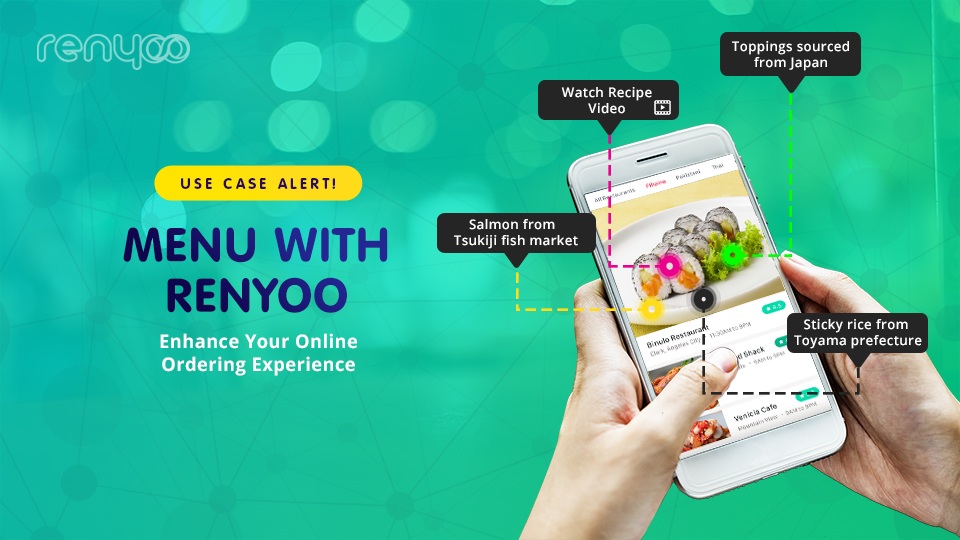You’ve noticed it on the rise, every time you sit down at a cafe or at a restaurant to enjoy a meal. Every second person is busy clicking away at their food, plating it a certain way, adjusting the lighting, asking the waiter backstory behind the food. All towards getting that perfect picture and caption for their social media fix, be it Zomato, Instagram, Snapchat, Facebook or their very own personal blog.
Food has always been a social experience, something that brings people together, something of universal interest. However, since the advent of social media, the ways in which people experience food and share their experience have changed. People are increasingly interested in telling stories through food and documenting every culinary experience on social media. There are millions of users on these social platforms that are listening in, planning their own visit, making up their minds from the review.
In such a world, driven by storytelling, the restaurant experience, specifically menus and the ordering experience, has stayed unchanged over hundreds of years. Even today most restaurants still hand out physical menus to their guest with little to no information other than the name of a dish.
Imagine you’re in a foreign country, you don’t speak the language but you’re keen to try out the authentic cuisine of the region. Let’s say you’re at Tokyo, you’ve hunted down the perfect little Sushi joint. You want to order their best Salmon roll off the menu, but the menu is in Japanese and the staff doesn’t speak a word of English. You end up having a long-winded conversation in broken Japanese with the waiter aided by Google translate, you start pointing to dishes that other guests have ordered, you end up embarrassing yourself and sticking out like a sore thumb.
How can restaurant owners make the entire process of ordering food easier for their customers? It’s simple, develop a visual menu that guides people through every element of a dish. Imagine the same little restaurant in Tokyo, let’s say you’ve entered the restaurant and the owner points to a simple QR code, you download the app in seconds and you can set the language according to your preference.
The entire customer experience changes once the menu is digitized and contextualized, the customer now has enough confidence to order off the menu within minutes. They can also relish little tidbits and interesting facts around every dish that captures their fancy.
Now comes the interesting part, there’s so much more you can do with a digital menu, things that help you tell the story of every dish, for the discerning customer. Let’s take the case of the Salmon roll, the restaurant can now tell you about how each product and ingredient was sourced, Salmon from the famous Tsukiji fish market, Sticky rice from the famed Toyama prefecture, toppings sourced from the length and breadth of Japan.
We’ve created an Image annotation technology that simplifies this process from conceptualization to execution. ‘Hotspots’ help you take a plain digital menu and embed a treasure trove of content into every image, contextualizing every ingredient, telling the rich backstory of how the dish made it’s way from the farm to the plate. It’s a dream come true for any restaurateur who is serious about customer experience.
If trends are anything to go by, there are an estimated two million plus food blogs on the internet and this number is steadily moving upwards. It’s a sin to not tell your story and nudge these food influencers the right way. Creating visual and contextualized menus will help restaurateurs around the world enhance the dining experience for their patrons and helps their ‘socially inclined’ patrons tell more engaging stories, that go beyond the hashtags and filters.
